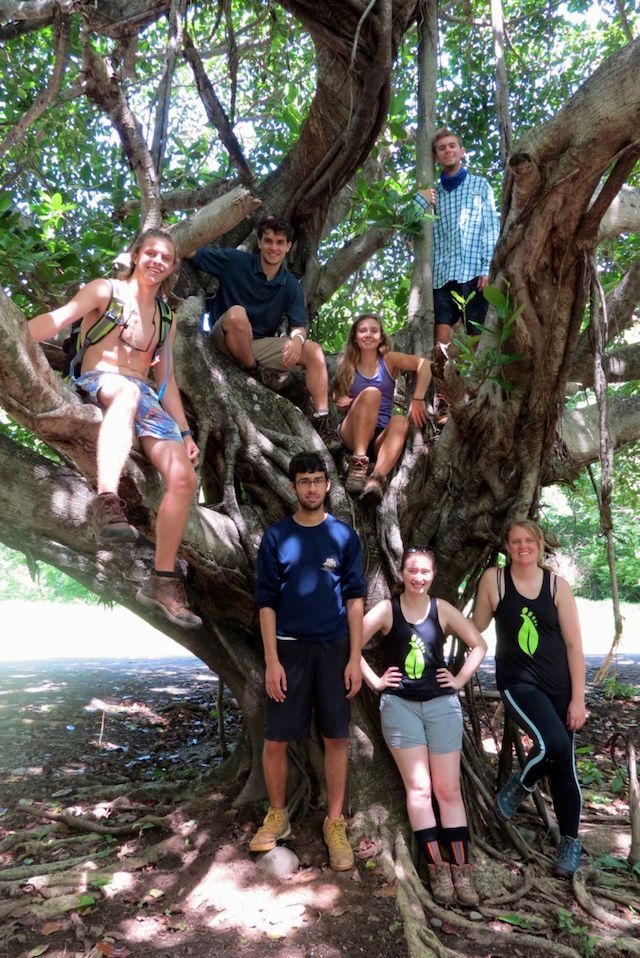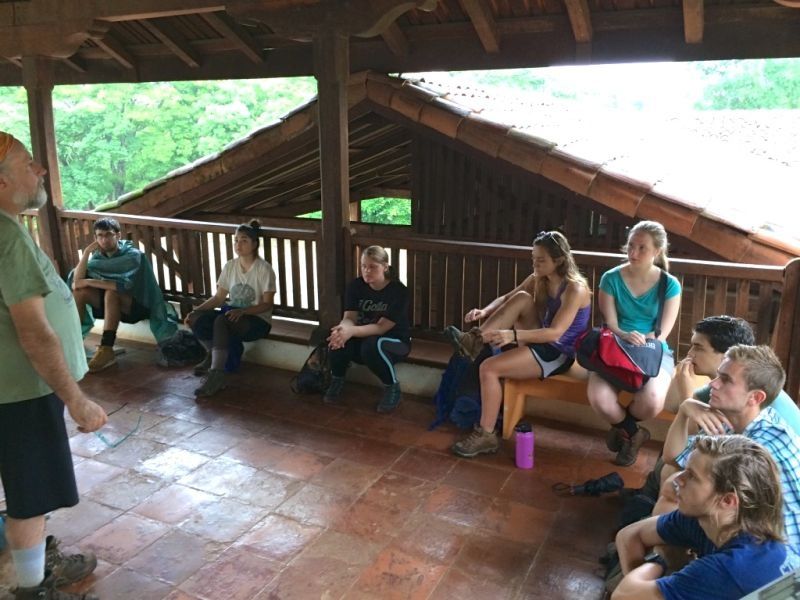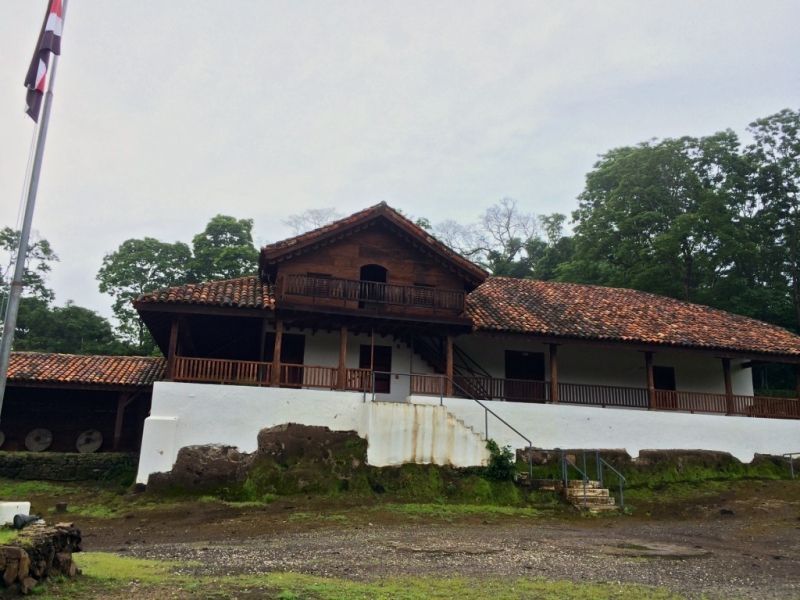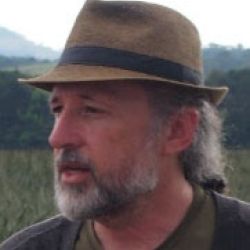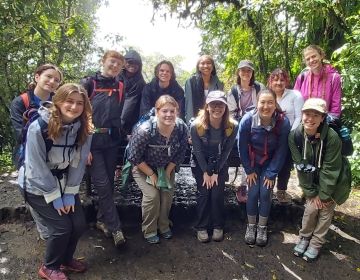Santa Rosa National Park: a little bit of history, conservation and dry forest
After spending a few days in the wet and moist forests we made it to Santa Rosa to explore the dry forest. Santa Rosa is exceptional not only because the different habitats and ecosystems you find there, but also for the historical and conservation value this place have for Costa Rica.
Santa Rosa was an old cattle farm hacienda in which 2 important battles happened. First in March 20th, 1856 the Costa Rican forces fought against the forces of filibuster William Walker, the filibusters were housed in the main farm building, La Casona, the ensuing battle lasted 14 minutes with the Costa Rican militia victorious in ousting the invaders. And in 1955 Costa Ricans fought intruders supporting a coup attempt against the government of Jose Figueres Ferrer. For this reason La Casona became a Costa Rican Historical Monument and one of the reasons why the park was created.
Santa Rosa was the first National Park created in Costa Rica in 1971, with the idea of protecting the natural environment beyond the historical site, the unique habitats within the park include savannas, deciduous forest and mangroves. Since the creation of the park the biggest battle has been fought to conserve the area, but mostly to restore the habitat from cattle farms to what the forest used to look dozens of years ago.
During a few days we got to explore the beauties of this dry forest in regeneration, see many new species of plants and animals and experience firsthand the changes that 35-40 years of regeneration can make in a forest.
The Black Iguana (Ctenosaura similis) one of the most common animal inhabitants of Santa Rosa.
The Summer 2017 Tropical Ecology & Conservation group enjoying the shade of a Strangler Fig (Ficus sp). From left to right, top: Jimmy Webb (University of Arkansas), Derek Frank (University of Minnesota-Twin Cities), Christine Bradley (California Polytechnic State University), Drew Rosso (University of Notre Dame); bottom: Vikram Norton (University of Massachusetts-Amherst), Sarah Aitken (University of Pennsylvania) and Amanda Ogden (Utah State University).
La Casona, Costa Rica's Historical Monument.
Students learning from Alan about the history of the battles at Santa Rosa right at the place where the action happened.
Part of the conservation efforts in Santa Rosa and adjacent areas has been to connect the lowlands with the top of the mountains of the Cordillera de Guanacaste, this forest corridor its a really important migratory way for most of the animal species who escape the harsh dry and hot conditions in the lowlands during the dry season. Most of these mountain tops are volcanoes some of which are active.
While learning about the importance of preserving big patches of forest and having corridors connecting these areas, Rincon de la Vieja Volcano had an eruption (yes, that big white cloud on the back!) that we did not noticed until we checked our pictures. Do not worry that eruption it was just gas and ashes and did not affect us at all.
Alan with the students after a good learning day in which we learned the natural history of some of the plant and animal species found in Santa Rosa, the history of the place, and the importance of conservation and restoration of habitat.
Related Posts
Happy Earth Day: Today and Every Day
Happy Earth Day! Every April 22, this global event comes around to remind us how precious our planet is, what sustainable efforts we can make to protect Earth, and that... keep reading
Costa Rica vs. Argentina: Which is Better for Study Abroad?
Imagine yourself sipping mate in a bustling Buenos Aires café or lounging peacefully in a hammock overlooking Costa Rica's lush rainforests. These contrasting scenes represent just a glimpse of the... keep reading
Top 10 Study Abroad Volunteer Opportunities with CIEE
Have you ever wondered if you could volunteer abroad? Perhaps you're looking into study abroad programs that provide international volunteer opportunities. If you’re itching to study abroad and truly make... keep reading

